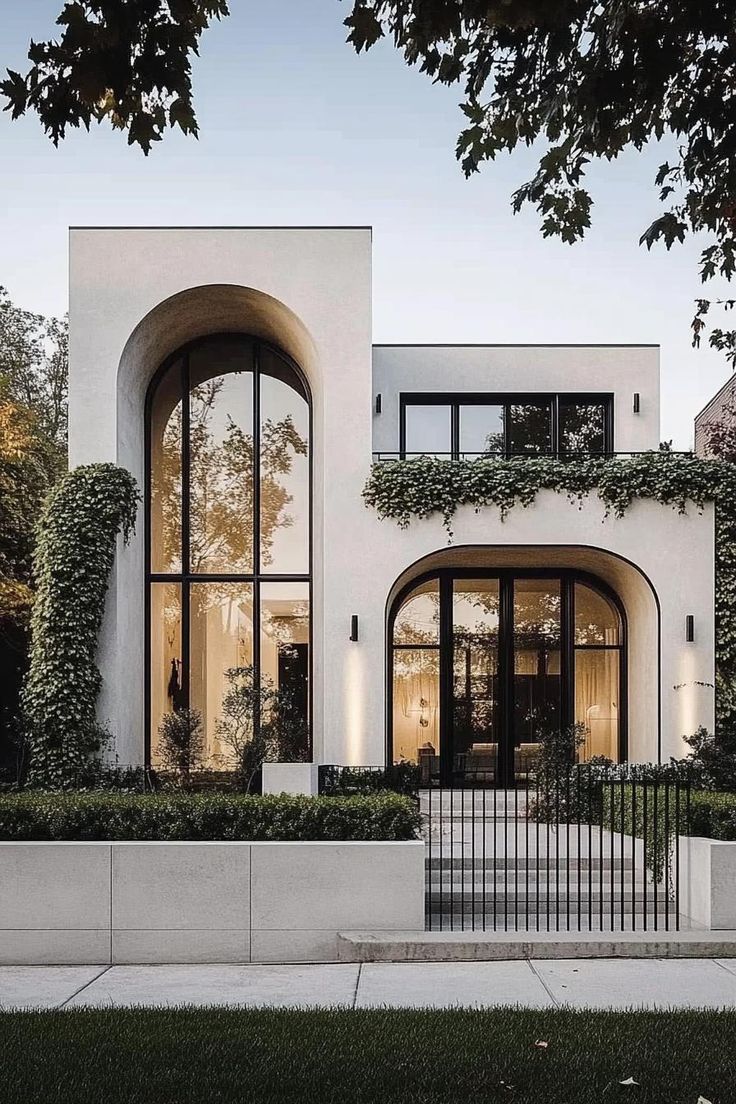Home • Article Details


Engineering offices
How to choose the right colors and patterns for your home or office decor?
The Secrets of Color Coordination in Home Decor: How to Achieve Balance and Harmony
When selecting the right decor for your home, the process of color coordination is one of the fundamental factors that affects both the quality of your daily life and the overall appeal of your home's atmosphere. If you aim for a sustainable home decor, this article will help you understand the importance of color coordination and the artistic secrets behind achieving color balance and harmony.
1. The Concept of Color Coordination and Its Importance in Home Decor
Color coordination is the process of selecting harmonious and matching colors from the spectrum to create balance and beauty in architectural and decorative spaces. It helps in creating the desired ambiance and has a significant effect on the overall character of the spaces, influencing the feeling of comfort and harmony.
2. The Basic Principles of Color Coordination
Color Theory: Color theory is based on principles and rules that can be used to determine matching and harmonious colors. These rules will assist you in selecting primary, secondary, and complementary colors.
Contrast and Balance: Color balance can be achieved by coordinating both harmonious and contrasting colors at the same time. Contrasting colors highlight each other, while harmonious colors create a calm and unified atmosphere.
Lighting: Lighting is an essential element in determining the effect of colors on spaces. Both natural and artificial lighting affect the intensity of the color and its impact on the surrounding environment.
3. Five Steps to Coordinate Colors in Home Decor
Determine the Primary Colors: Primary colors are the key colors you want to use in your home decor. You can choose colors based on your personal preferences or those that reflect a specific mood or character you wish to achieve.
Select Secondary and Complementary Colors: Based on the primary colors you selected, determine the secondary and complementary colors that balance and coordinate with them. These colors enhance the impact of the primary colors and add beauty to the spaces.
Distribute Colors Across Different Spaces: Distribute the colors on various architectural and decorative elements, such as walls, floors, ceilings, furniture, and accessories. Ensure balance between competing and harmonious colors.
Use Patterns and Textures for a Distinctive Effect: Patterns and textures can be used to enhance the effect of colors and create visual diversity and interaction. Prints, fabrics, and decorative details can bring vibrancy and appeal to the colors.
Experiment and Adjust: Don't hesitate to try different color combinations and adjust them according to your preferences. Reaching the perfect balance between colors may take time and several trials.
Conclusion
Color coordination in home decor is both an artistic and scientific process that contributes to the beauty of spaces and the quality of life. If colors are chosen carefully and according to basic principles, you will be able to create attractive and comfortable environments that reflect your personality and desires.
Color coordination is not just about using attractive colors but also about employing them in a balanced and harmonious way to create an inspiring and comfortable environment. In Saudi Arabia, interest in home decor and color coordination is growing, as it aligns with local traditions, culture, and urban development. By following the tips and guidelines outlined above, you will be able to achieve a coordinated and attractive home decor that enhances your comfort and happiness.